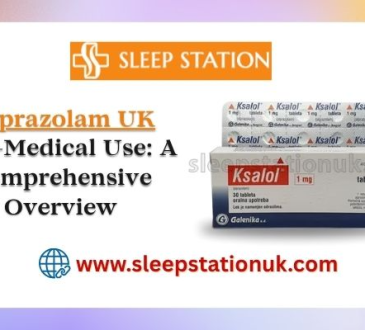
Plant compounds known as carotenoids play an integral role in preserving healthy vision. These fat-soluble pigments serve as precursors to vitamin A, a vital eye function nutrient, while providing direct antioxidant protection within delicate ocular tissues. The human eye contains specialised structures designed to utilise these compounds for visual function and cellular protection. Research into ocular nutrition has revealed that macro health eye vitamins containing carotenes provide specialised support for the macula, retina, and other critical eye structures. These compounds accumulate in ocular tissues, absorbing harmful blue light and neutralising free radicals generated by daily light exposure. Their protective effects are significant as we age, and natural antioxidant production diminishes.
science of ocular protection
Carotenes belong to the broader family of carotenoids, which includes both carotenes (pure hydrocarbon structures) and xanthophylls (which contain oxygen). The most studied ocular carotenes include beta-carotene, alpha-carotene, and lycopene. These compounds work through multiple mechanisms to protect vision. They function primarily as antioxidants, neutralising harmful free radicals from light exposure and normal metabolic processes within the eye. The retina and macula experience particularly high metabolic activity and light exposure, making them vulnerable to oxidative damage. Carotenes concentrate in these tissues, creating a protective shield against visible light damage and deeper oxidative stress. The lipid-soluble nature of carotenes allows them to penetrate cell membranes and mitochondria, protecting at the subcellular level where much of the damaging free radical activity occurs.
How do carotenoids preserve vision?
Carotenes support vision health through several distinct mechanisms:
- Filtering harmful blue light that can damage photoreceptors
- Neutralising free radicals before they can harm cellular structures
- Converting to vitamin A is needed for the visual cycle
- Supporting healthy blood flow to ocular tissues
- Maintaining proper cell membrane fluidity in eye cells
- Reducing inflammation throughout ocular structures
These protective effects become increasingly important with age, when natural antioxidant production declines and cumulative damage begins affecting visual function. Research indicates that individuals with higher carotene intake and blood levels typically experience slower progression of age-related visual changes.
Natural sources for optimal intake
The richest sources of vision-supporting carotenes include:
- Orange vegetables – Carrots, sweet potatoes, pumpkin
- Dark leafy greens – Spinach, kale, collard greens
- Bright fruits – Mangoes, apricots, cantaloupe
- Red/pink foods – Tomatoes, watermelon, pink grapefruit
- Yellow vegetables – Corn, yellow peppers, yellow squash
The bioavailability of these compounds varies significantly based on food preparation methods. Gentle cooking with healthy fats substantially increases carotene absorption, as these compounds require fat for proper dissolution and intestinal uptake. Chopping, blending, or pureeing carotene-rich foods further enhances bioavailability by breaking down rigid plant cell walls.
Long-term protective effects
Consistent carotenoid intake creates cumulative protection for ocular structures. The protective pigments gradually accumulate in eye tissues, building a reservoir that helps shield against daily light exposure and occasional intense exposure. This accumulated protection explains why dietary patterns over decades, rather than short-term supplementation, strongly correlate with preserved vision in epidemiological studies. The macular pigment optical density (MPOD) indicates how much protective pigment has accumulated in the central retina. Higher MPOD correlates with better visual function, particularly in challenging conditions like bright light or low contrast. Nutrition research indicates that carotene intake throughout adulthood helps maintain higher MPOD levels during ageing, potentially preserving central vision function as the years progress.




